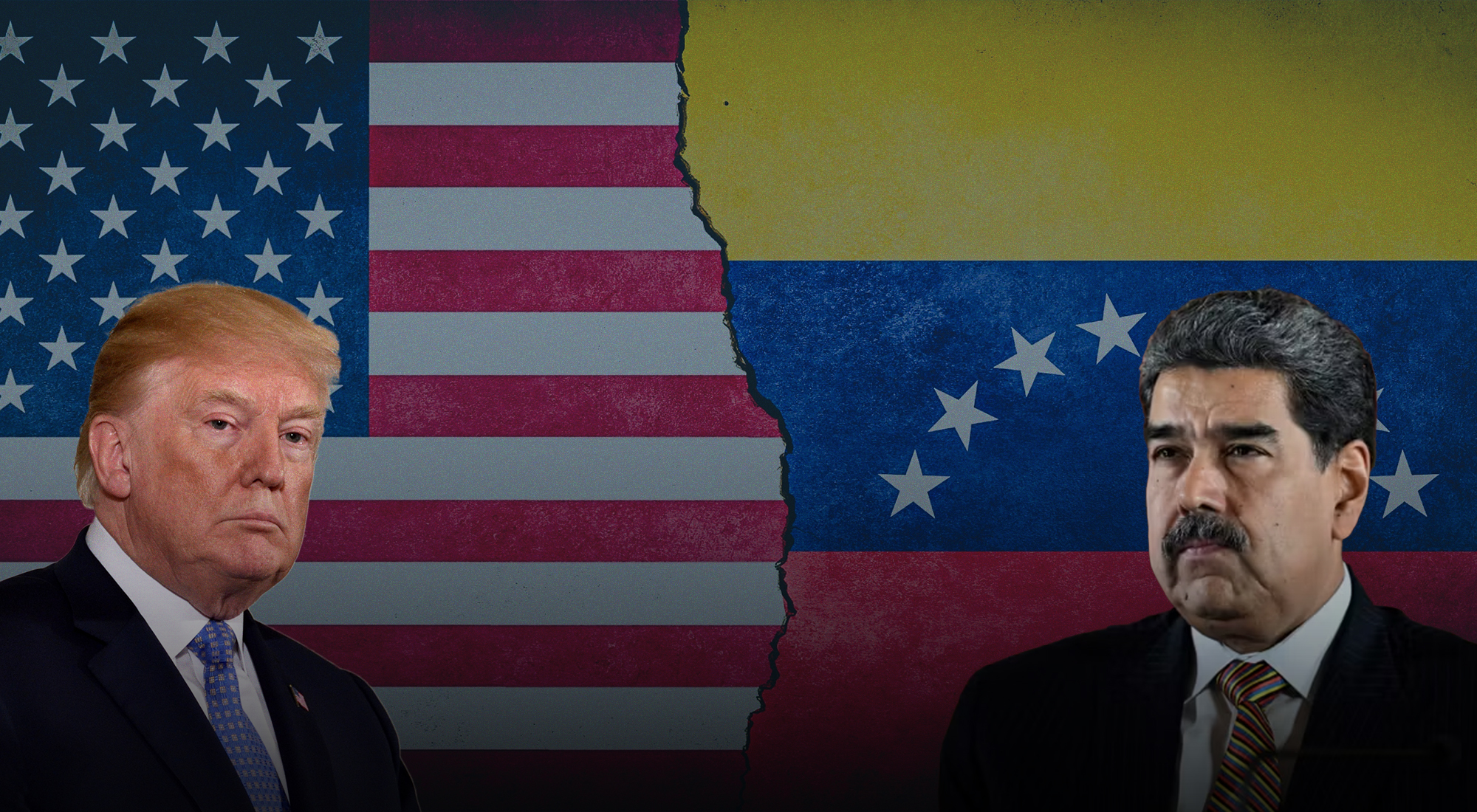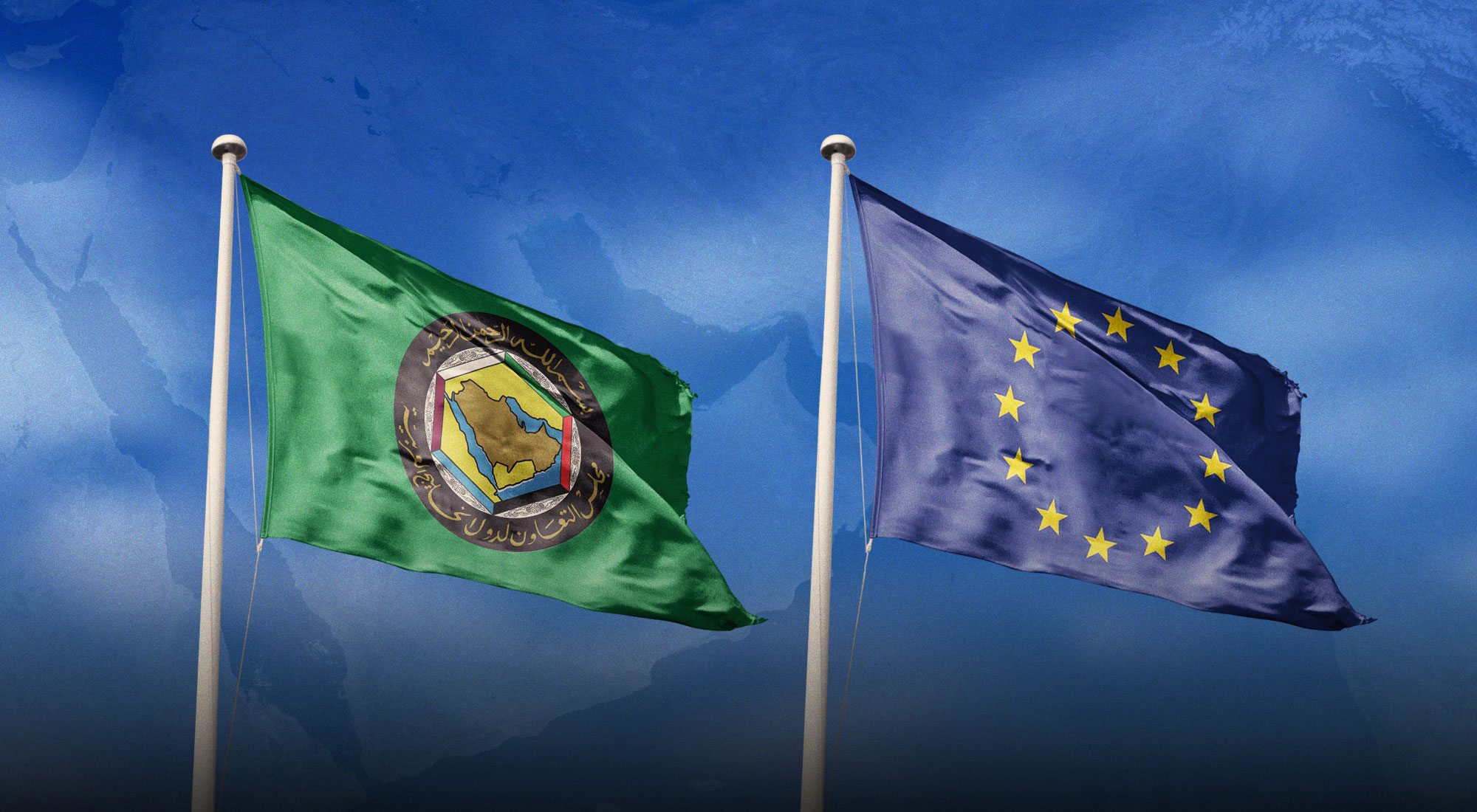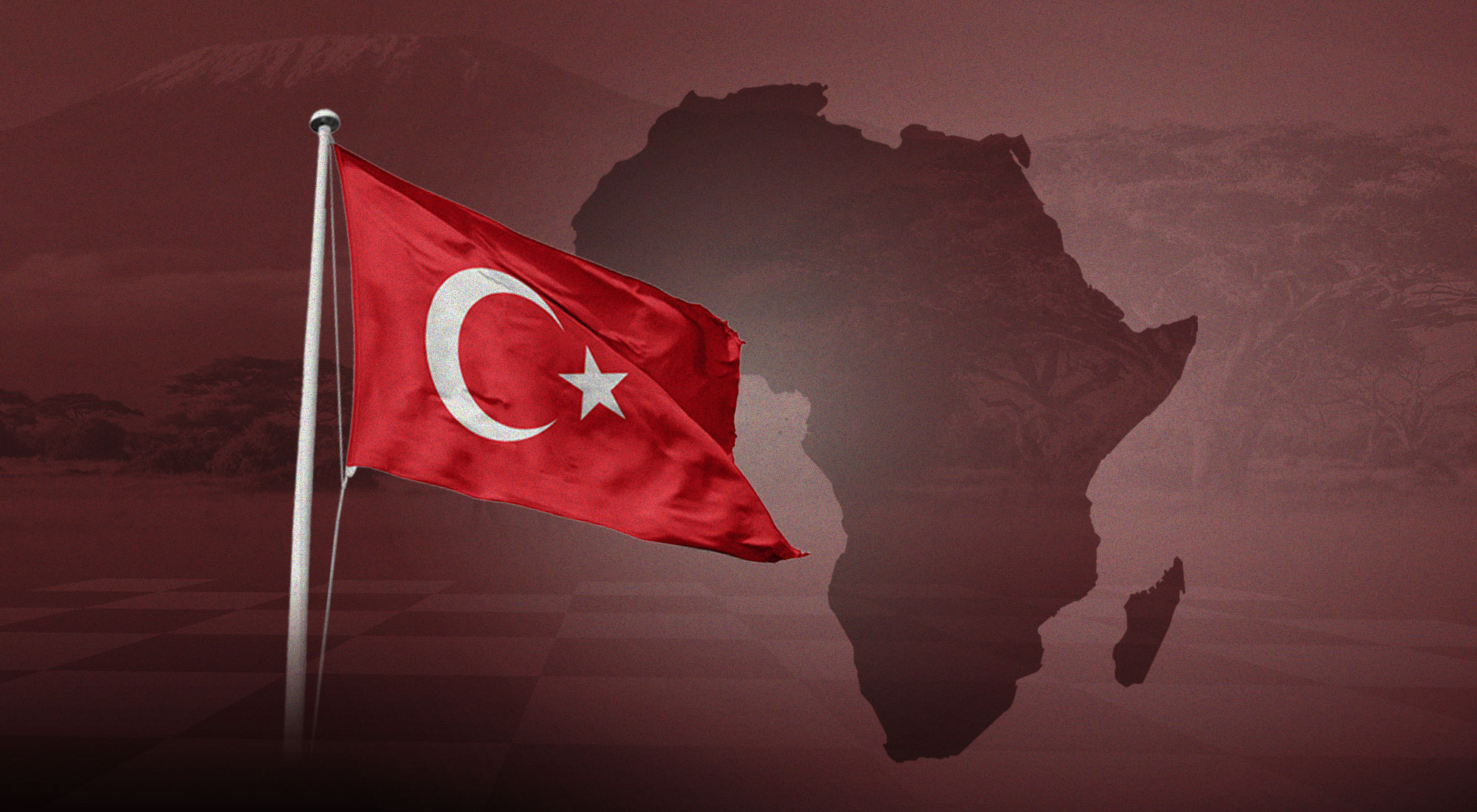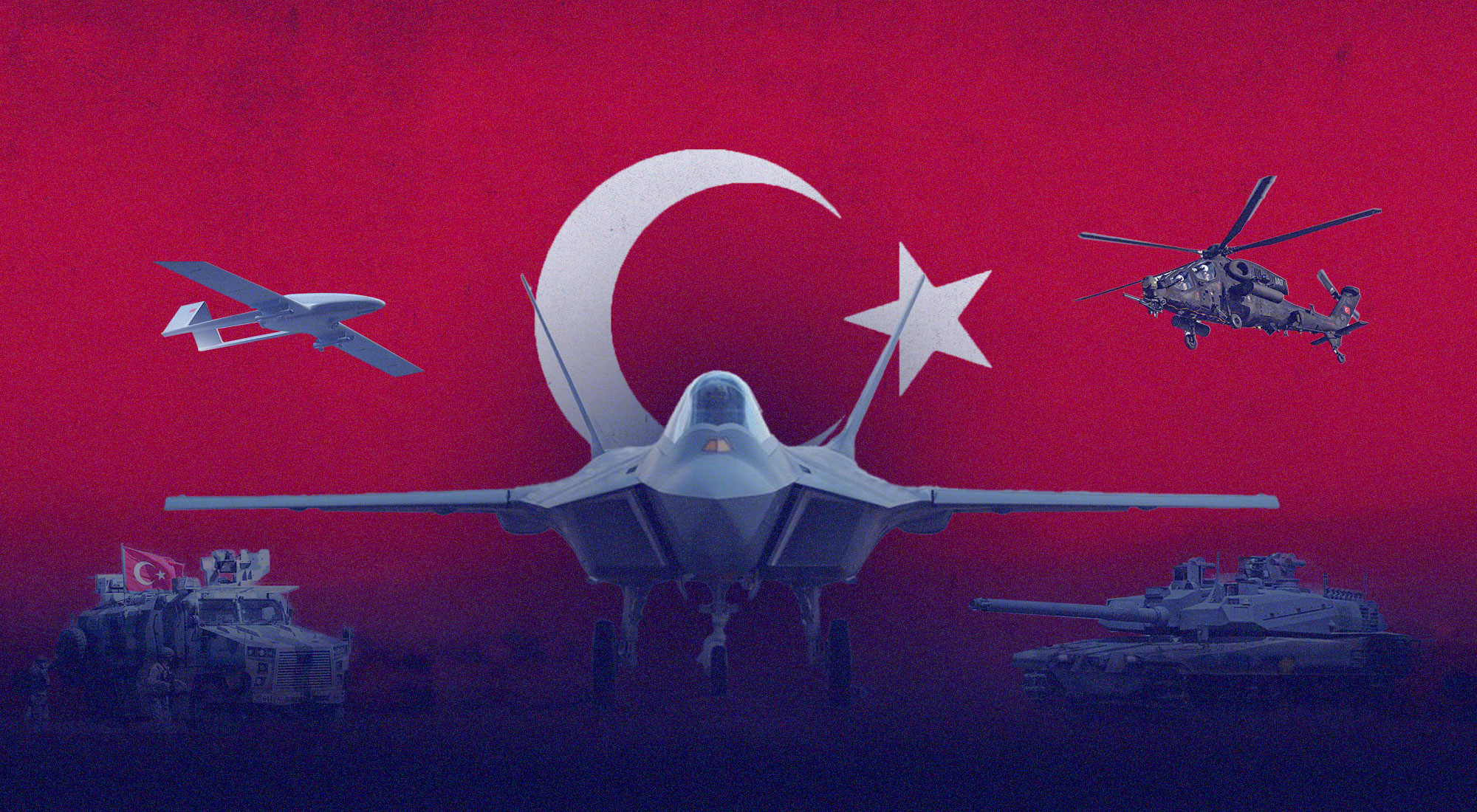Somalia’s changing security landscape
During the fall of 2022, Somali security forces conducted several operations to counter militias of the al-Qaeda-affiliated group al-Shabaab. The operations were led by the Somali National Army (SNA), with on-the-ground support from the African Union Transition Mission in Somalia (ATMIS)[1] and air support provided by US Africa Command (AFRICOM).[2] The offensive was part of the new political and security agenda launched by President Hassan Sheikh Mohamud (HSM). He was elected in May 2022, and also served as the country’s president from 2012-2017.[3] HSM’s initiatives against al-Shabaab have been initially successful; the terrorist group was forced to withdraw from several strongholds and, by November, several villages in the Adan Yabal district in the country’s southeastern Middle Shabelle (Somali: Shabeellaha Dhexe) region were liberated.[4]
The assertive approach of the incumbent Somali government vis-a-vis the terrorist group marked a break from the recent past. The previous five-year presidency of Mohamed Abdullahi Mohamed (2017-2022), popularly known as Farmaajo, was characterized by the implementation of limited and inefficient counter-insurgency measures.[5] Some of the ineffectiveness was due to the lack of unity among Somali political and security elites as well as sometimes violent feuds within the national security apparatus.[6] Moreover, several figures close to the president had at least an ambiguous relationship with some leading members of al-Shabaab.[7]
The achievements of Somali security forces may represent a turning point in the fight against the terrorist group. Al-Shabaab has not been under this much pressure for years, and the operation result may be strategically significant; it would allow state authorities to increase control surrounding Mogadishu. Indeed, evidence of the growing pressure by Somali security forces on al-Shabaab may be found in the uptick in terrorist attacks conducted in recent months, especially in the heart of the capital.
Beyond new Somali Federal Government initiatives, other significant factors have resulted in the renewed push against al-Shabaab’s perennial threat. First is the increased cooperation among the various extra-national actors active in the Somali security framework build-up. International stakeholders from the UK to the US and Turkey, all consider al-Shabaab the main obstacle to stabilizing the country. The better coordination of security assistance has seemingly paved the way for a less fractured effort against the terrorist group. Nevertheless, these efforts are far from synchronized and, thus, only cautious optimism is called for. The HSM administration has also failed to gain the faith of not just ordinary Somalis but also the international community. As such, some foreign governments, most notably the US, are still hesitant to entrust the new government with the resources it requires to fight al-Shabaab effectively.
A second reason for the renewed pressure on al-Shabaab comes on account of the relative calm in Mogadishu’s halls of power. That is, despite fragmentation among Somalia’s political elite within the Federal Member States and the capital, Mogadishu, this has yet to intensify given HSM’s relatively recent (re)election as well as the vying for plum political positions by politicians in the event of a reshuffle.[8]
A third reason – and likely the most important – is that many Somali communities have taken security matters into their own hands by establishing self-defense militias. They have done so because they feel abandoned by the federal government, not just during Farmaajo’s term, but in general.[9] They have been established by local communities for protection in what is often a highly predatory and violent environment. They generally act as a local defense force on account of the Somali state’s absence, ineffectiveness, and, at times, perceived illegitimacy. They can cooperate with the state and its security services – depending on the situation – or as autonomous non-state armed actors who may find themselves pitted against not just al-Shabaab but federal government forces.[10]
Macawisley’s bottom-up approach
One such grouping of self-defense militias is known as Macawisley (Ma’awiisley).[11] Composed almost entirely of civilians,[12] their combined purpose – as a loose coalition – is to protect their local population from al-Shabaab as well as other insurgent and criminal groups. In the Somali context, Macawisley is not new but dates to circa 2014. Like the better-known Ahlu Sunna Wal Jama (ASWJ), a Sufi group active in the area surrounding Dhusamareb, Macawisley militias also emerged in a milieu of widespread anarchy.[13]
Since Macawisleys’ beginning in the region of Middle Shabelle, what has distinguished them from other groups is their local dimension and the lack of coordination between each Macawisley militia. The actions of each Macawisley – from Middle Shabelle to Jubbaland, particularly in the vicinity of the Kismayo – have always been confined to well-defined geographical areas within the commonly recognized and accepted clan zones. This factor has been a constraint on the militias’ effectiveness. Over the years, for example, there have been cases where militias have stopped actions against al-Shabaab because that would have required crossing clan boundaries. The consequence has been the emergence and consolidation of self-defense militias that generally match with clan affiliation. Among the most active Macawisley militias are those of the Hawadle and Gaalje’el clans operating in the Hiran (Somali: Hiiraan) region and the Abgal clan.[14] Indeed, in the run-up to the belated 2022 presidential election, then president Farmaajo worried about arming and supporting Abgal-linked Macawisleys because both of his main rivals, HSM and Sheikh Sharif Ahmed (Somali Transitional Federal Government President, 2009-2012), hailed from this clan.[15]
The nature of such clan-specific operations seems to be on the wane. In the past, for example, Macawisleys generally countered al-Shabaab’s abuses by adopting defensive strategies. Since mid-2022, however, their actions have taken on the contours of joint, coordinated security operations.[16] Many Macawisley militias linked to different clans, for instance, have engaged in joint offensive actions. This trend is unprecedented in the Somali clan context.[17] Increasing their effectiveness even more, Macawisleys often fight in areas where al-Shabaab has a scattered presence, few fighters and meagre combat materiel. This enables local Macawisleys to move fast across terrain they know, while Al-Shabaab often finds it difficult to bring in reinforcement and supplies on account of distance as well as the threat of armed drone strikes conducted by the US.[18]
While these phenomena may result from a temporary and contingent condition, they nonetheless signal an important shift in the overarching fight against al-Shabaab ongoing across Somalia. This shift to cross-clan operations among Macawisleys, however, only partly explains the successes achieved on the ground. Equally determinant has been their coordination with the Somali security apparatus, the SNA foremost among them.[19] This cooperation reflects initial attempts by the HSM government to reshape relations with Macawisley as well as groups like ASWJ. But the relations between Macawisleys and state authorities have always been ambiguous. Despite the militias being nominally pro-government and actively contributing to countering the national security threat posed by al-Shabaab, the Federal Government has maintained, by necessity rather than design (on account of weakness), an attitude of passive tolerance and occasional, albeit limited support.
The Somali authorities’ attitude stems from two considerations. First, the fear was that Macawisleys were operating as destabilizing actors by increasing violence and chaos across the country.[20] The Somali authorities’ concern was drawn from the country’s historical experience. Following the collapse of Siad Barre’s regime in 1991, the many armed militias that had sprung up during the decades-long civil war directly contributed to the country’s chronic climate of insecurity. Groups like al-Shabaab as well as other smaller militias, have proved to be an obstacle to the country’s stabilization. Second, the weak Transitional Federal Governments and, subsequently, from 2012, the Federal Governments, have worried that the power of the militias would become a lever of political influence for the clans and Federal Member States. Nevertheless, the personalities within successive federal administrations have done little to hinder the growth of such militias, a situation that is most ominously combustible in Somalia’s southern Federal Member State of Jubbaland (Somali: Dooxada Jubba).[21] Again, this is partially because of Mogadishu’s weakness brought on by chronic governance failures as well as officials’ own clan interests which, depending on him/her, may support (or not) a certain clan and, therefore, clan-based militia. Indicative of this is the deafening silence of the Federal Member States’ presidents about what is ongoing vis-à-vis Macawisleys in their territories. This may indicate that there are either internal political disagreements within the state leadership and/or between the Federal Member States and Federal Government. These disagreements will almost certainly make any future stabilization efforts and political solutions more difficult.
While the very real problem of local militias is concerning, Macawisleys, like ASWJ, often represent the only stop-gap measure to confront al-Shabaab in many parts of Somalia. As such, at a concrete level, the lack of support provided by the federal authorities to Macawisley initiatives can be said to have prevented the more effective, somewhat consistent, and longer-lasting countering of al-Shabaab. The result of Somalia’s perennial governance crises in Mogadishu has meant that most areas freed by clan militias have been recaptured by the al-Shabaab. Alone, Macawisley militias are only effective for short-term gains and cannot ensure control over the territory without more support from Mogadishu. For these reasons, HSM’s recent support for Macawisley operations in coordination with SNA and other Somali security services is relatively promising. The government has at least paid lip service to the idea of finally deploying its limited means in order to eradicate al-Shabaab once and for all.
Conclusion
Somalia’s recent history has shown us that optimism for the future is unwise. Despite the results achieved in recent months, there are significant doubts about the cooperative relationship between the current government and Macawisleys. First, HSM’s push against al-Shabaab may only be a temporary measure to curry favor with Somalia’s many international backers, foremost the US, which was deeply unhappy with HSM’s previous tenure as president.[22] Second, federal government support for Macawisley self-defense militias could incentivize other clans to develop such armed groups and use them to gain allies in Mogadishu to further their own clan interests at the expense of others, as witnessed most profoundly in Jubbaland. Third, should this occur, it could result in the perpetration of yet more violence by clan-based non-state armed groups. This would pose a serious threat to the Federal Government simply because officials are themselves most often viewed (and see themselves) as clannish leaders who frequently use their tenure to advance narrow clan, sub-clan, and family interests. Naturally, this would muddle Somalia’s already complicated path to some degree of normalcy. Fourth, the empowerment of self-defense militias could further challenge the on-again, off-again construction of a truly federal, national security apparatus. In the short term, Macawisley militias may help to improve security within the country by bringing the fight to al-Shabaab. But they could also become a threat to Somalia’s elusive and ephemeral peace and security over the long term.
Acknowledgments
The author would like to sincerely thank Mukhtar Ainashe and Abdifatah Tahir for their invaluable insights and comments.
References
[1] African Union Transition Mission in Somalia (ATMIS), “ATMIS Congratulates SNA on Successful Joint Operations against Al-Shabaab,” September 24, 2022, http://bitly.ws/yUVn.
[2] U.S. Africa Command Public Affairs, “Somali, U.S. Forces Engage Insurgents in Support of the Federal Government of Somalia,” United States Africa Command, August 10, 2022, http://bitly.ws/yUVt.
[3] Mary Harper, “Somalia and Al-Shabab: The Struggle to Defeat the Militants,” BBC, August 24, 2022, http://bitly.ws/yUVC.
[4] “Somalia Prepares Second Phase of Anti-Al-Shabaab Offensive after Gains,” Garowe Online, December 11, 2022, http://bitly.ws/yUVK.
[5] Brendon J. Cannon, “What’s in It for Us? Armed Drone Strikes and the Security of Somalia’s Federal Government,” Small Wars & Insurgencies 31, no. 4 (2020): pp. 773-800, https://doi.org/10.1080/09592318.2020.1743489.
[6] Aisha Ahmad, Tanya Bandula-Irwin, and Mohamed Ibrahim, “Who Governs? State versus Jihadist Political Order in Somalia,” Journal of Eastern African Studies 16, no. 1 (2022): pp. 1-24, https://doi.org/10.1080/17531055.2022.2075817.
[7] Brendon J. Cannon and Federico Donelli, “Turkey’s Involvement in the Release of Silvia Romano in Somalia,” ISPI, May 26, 2020, http://bitly.ws/yUW2. See also Michael Rubin, “Somalia’s Intelligence Chief Worked with an Al Qaeda Affiliate, so Why Do We Fund Him?” Washington Examiner, November 16, 2020, http://bitly.ws/yUWc.
[8] Given the limited ideological divisions in southern Somali politics, it is not unusual for former members of previous administrations to seek positions and membership in subsequent administrations.
[9] Tihana Bartulac Blanc, “How the Pandemic Has Laid Bare Somalia’s Weak Governing Structures,” Carnegie Endowment for International Peace, December 17, 2020, http://bitly.ws/yUWj.
[10] This happened recently with Ahlu Sunna Wal Jama in Somalia. See Brendon J. Cannon, “Ahlu Sunna Wal Jama and a Third Way in Somalia,” Trends Research & Advisory, May 6, 2022, http://bitly.ws/yUWr. For more on local self-defense militias in Africa, see Antonin Tisseron, Pandora’s Box. Burkina Faso, Self-defense Militias and VDP Law in Fighting Jihadism (Dakar-Fann: Friedrich-Ebert-Stiftung Centre, 2021), http://bitly.ws/yUWz.
[11] Macawisley means “men with sarongs” in Somali.
[12] Senior commanders and other officers from the SNA have joined the group. Indeed, worries about the disintegration of the command-and-control structure of the army have led the SNA’s commander, General Daud Abdulle Hirsi, to issue a statement ordering senior commanders not leave their posts without his direction. These “defections” represent yet one more serious problem for the SNA. For Macawisleys’ civilian composition, see Moritz Schuberth, “The Challenge of Community-based Armed Groups: Towards a Conceptualization of Militias, Gangs, and Vigilantes,” Contemporary Security Policy 36, no. 2 (2015): pp. 296-320, https://doi.org/10.1080/13523260.2015.1061756.
[13] ASWJ were structured similarly to Macawisleys but have never referred to themselves as such. ASWJ is ideologically driven in the sense that they contest the Salafi orientation of Islam. In contrast, Macawisleys are battling Al-Shabaab because of extortion and other crimes committed against the local populace – and the severe consequence for those who defy Al-Shabaab. This is but one difference between Macawisleys and ASWJ. See Brendon J. Cannon, “Ahlu Sunna Wal Jama and a Third Way in Somalia,” Trends Research & Advisory, May 6, 2022, http://bitly.ws/yUWr.
[14] Ibid.
[15] There are clans, particularly in Lower Shabelle that “support” Al-Shabaab, partly because they see them as a military counterweight against other clans (Dir vs Hawiye, for example). Al-Shabaab, thus, acts as one of their defenses against encroachments and land grab by other clans in their regions, towns, and villages. As a result, it may be more difficult for future Macawisley campaigns to succeed in those regions. Jubbaland is even more complicated in term clan composition and political conflicts.
[16] Scott Peterson, “Somalia Rallies Grassroots to Oppose Jihadist Al Shabab. Will It Work?” The Christian Science Monitor, December 9, 2022, http://bitly.ws/yUXc.
[17] Vanda Felbab-Brown, The Problem with Militias in Somalia (London, United Nations University, 2020).
[18] Brendon J. Cannon, “What’s in It for Us? Armed Drone Strikes and the Security of Somalia’s Federal Government,” Small Wars & Insurgencies 31, no. 4 (2020): pp. 773-800, https://doi.org/10.1080/09592318.2020.1743489.
[19] Aggrey Mutambo and Abdulkadir Khalif, “Vigilantes Join Somalia Military in Battle with Al Shabaab,” The East African, September 26, 2022, http://bitly.ws/yUXw.
[20] Abdalle Ahmed Mumin, “Gun Prices Soar Ahead of Somalia’s Presidential Elections,” The New Humanitarian, May 12, 2022, http://bitly.ws/yUXG.
[21] Nisar Majid and Khalif Abdirahman, The Kismayo Bubble – Justice and Security in Jubbaland, Conflict Research Programme Research Memo (London: LSE, 2021).
[22] Brendon J. Cannon, “Foreign State Influence and Somalia’s 2017 Presidential Election: An Analysis,” Bildhaan: An International Journal of Somali Studies 18, no. 1 (2019): pp. 20-49, https://ssrn.com/abstract=3355243.








